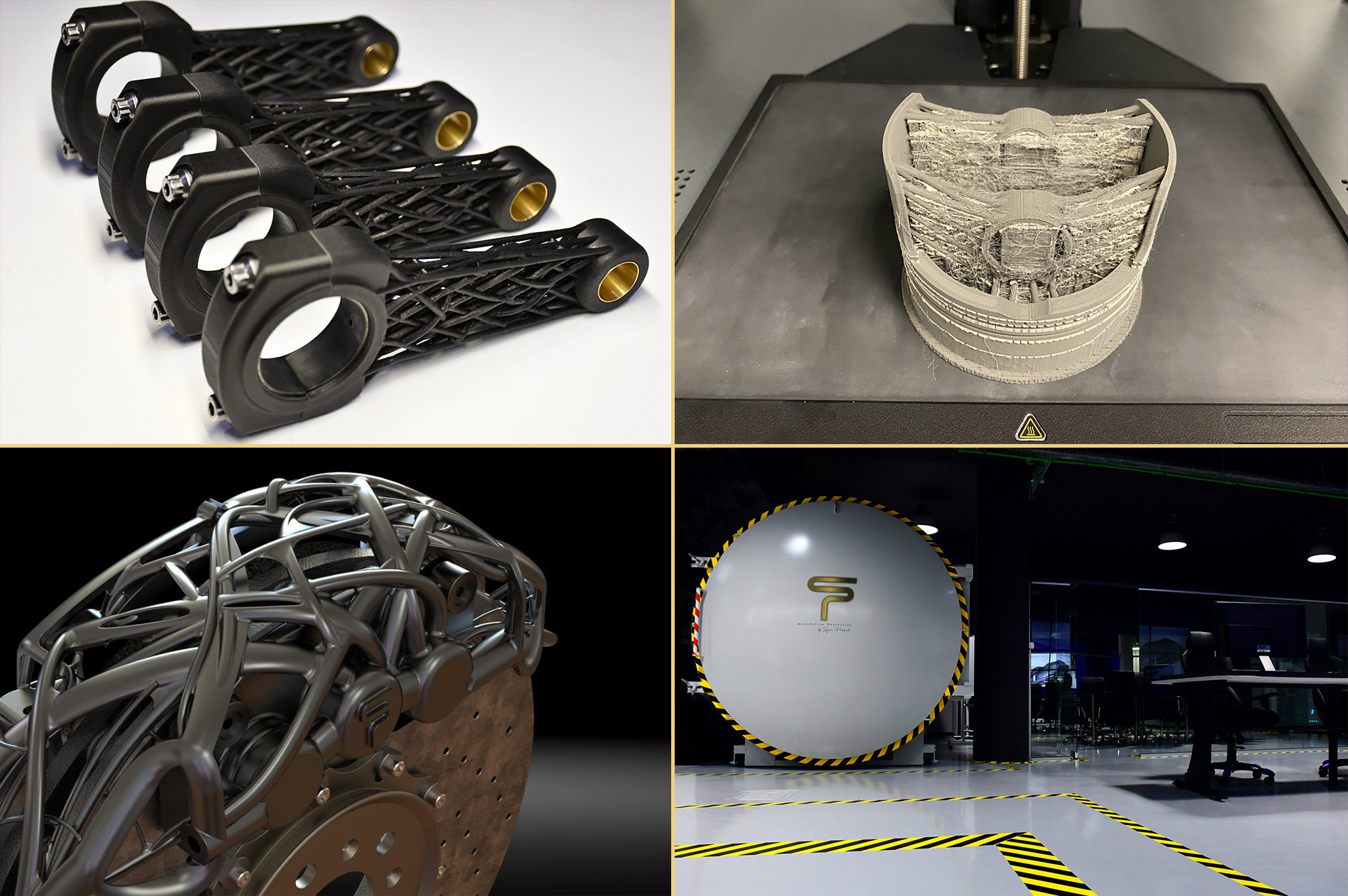1999
Import aluminum alloy in automotive, for high performance racing use. Design and built his own aluminum rods.
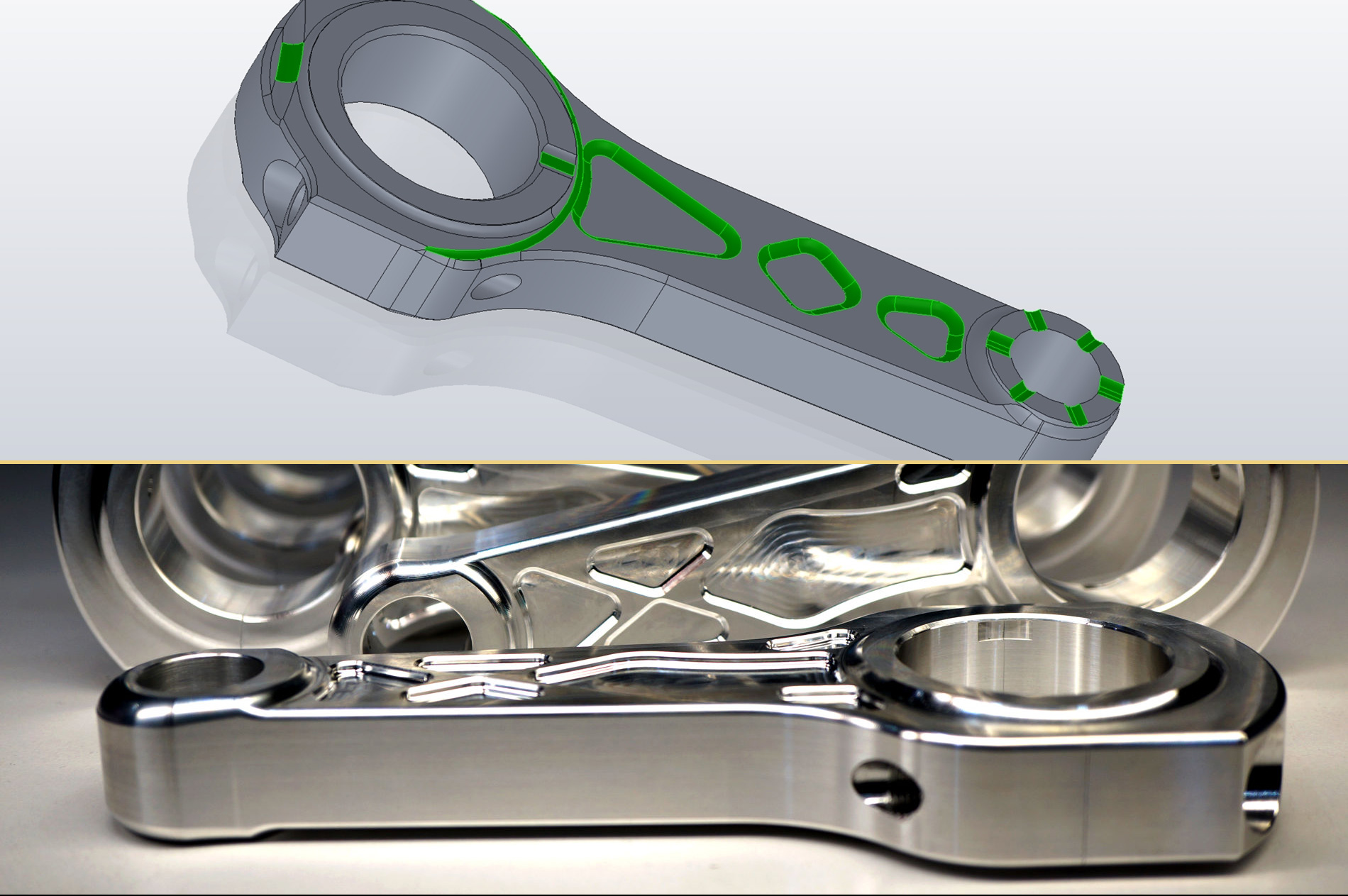
Import aluminum alloy in automotive, for high performance racing use. Design and built his own aluminum rods.

Design and built his own ecu for racing applications, using Motorola processor.
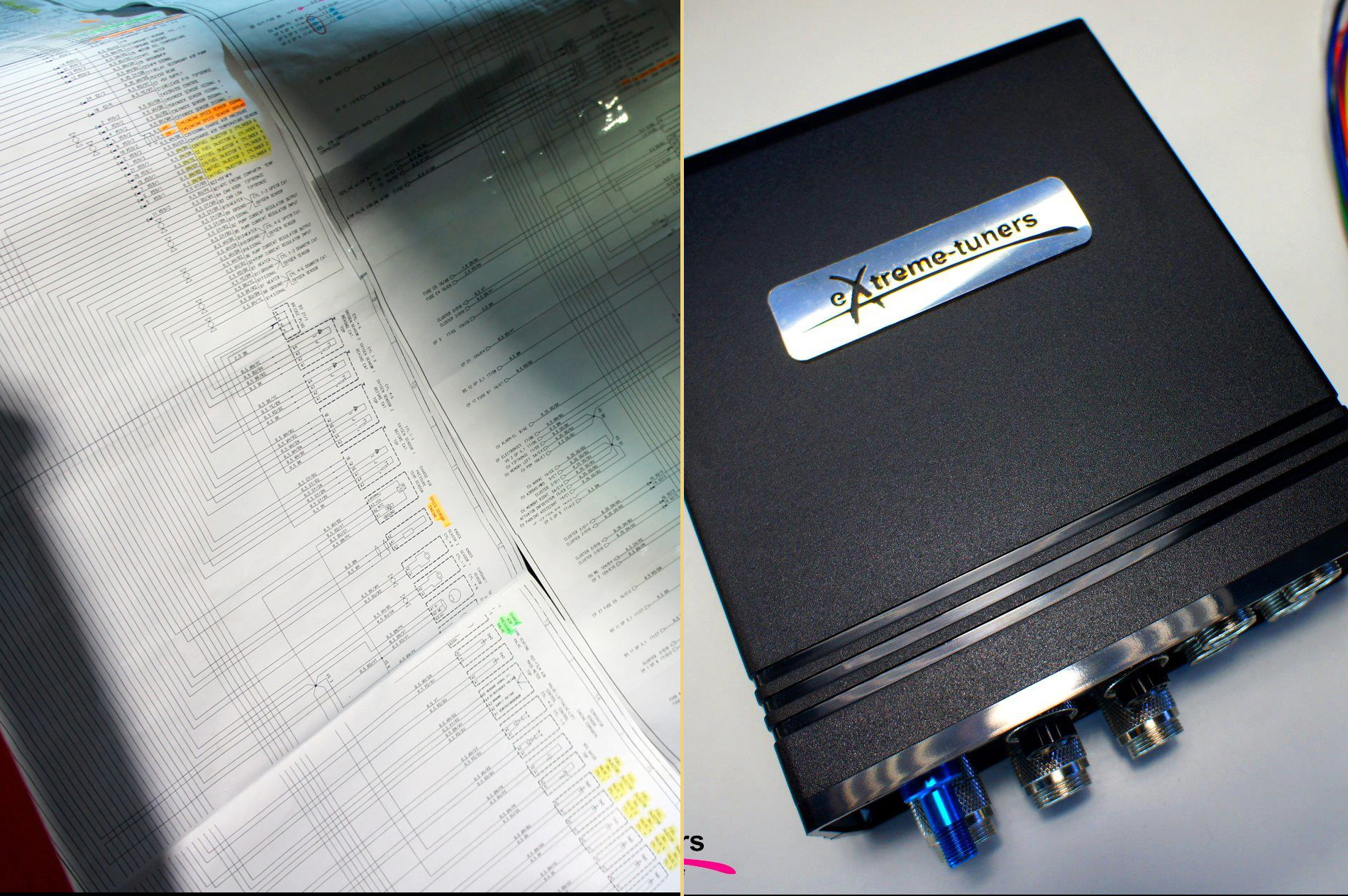
Titanium alloy valves and beryllium valve seats for high temperature turbocharged racing applications for first time in performance automotive.
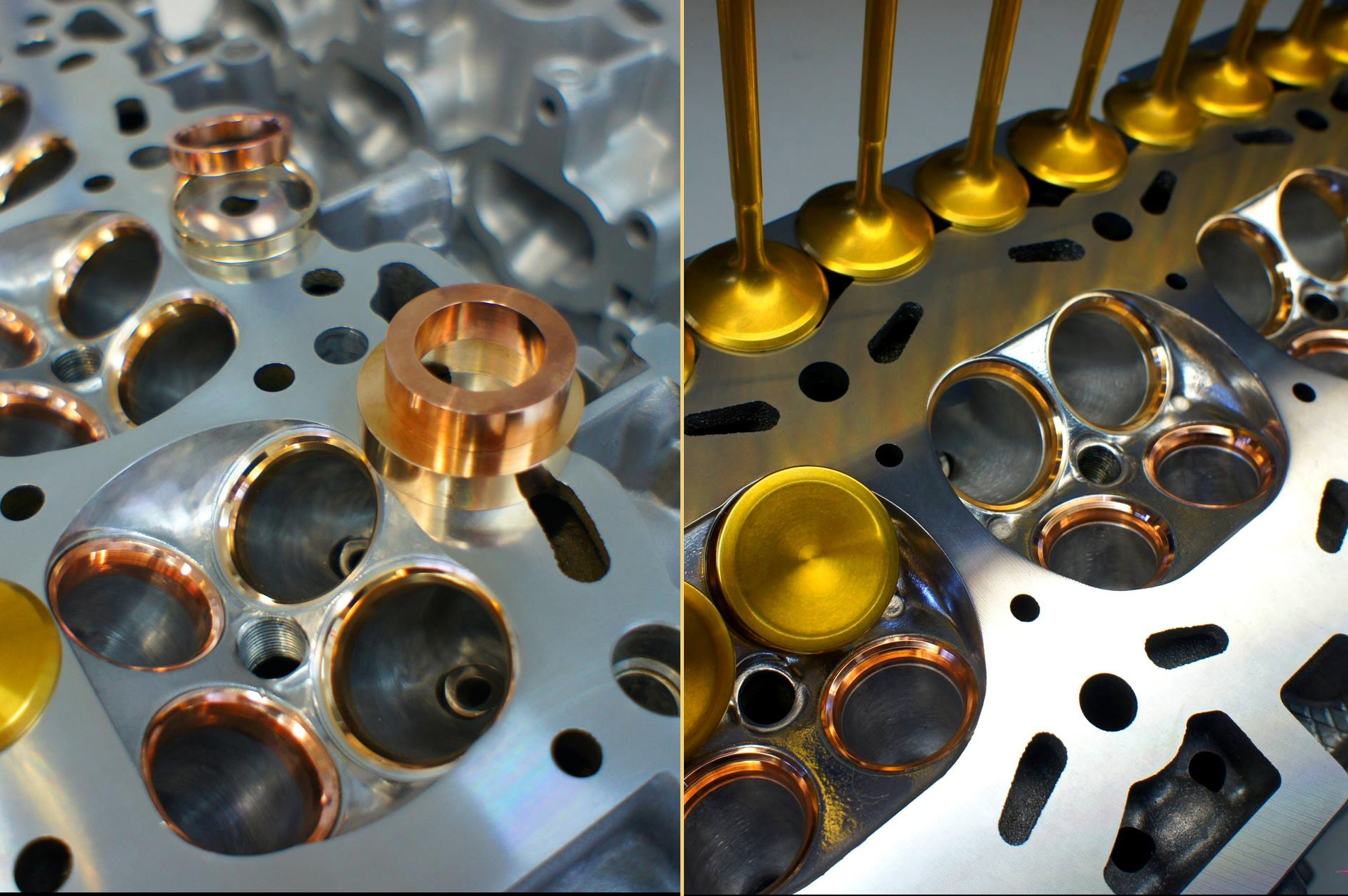
Design and built the first billet full 5 axis CNC machined compressor wheel for automotive racing turbocharger using just a single raw of blades.
10 and 11 blade design geometry single raw, innovated technology providing higher flow and greater boost pressure ratios on p2/p1 map in lower and higher speeds. Achieving effective boost pressure over 6bar. Leaving back the old 14 blade (7+7) cast wheel design. The compressor wheel blades are in one line fitted to hub and not as the normal old style compressor wheels fitted in two rows (primary and secondary), the benefit of this is that the moving masses of air in the same rotation speed of the compression wheel can improve flow 43%-68% more than any other two row old design, Starting from WRC and lemans turbochargers ending to most of the race classes and categories all over the world.
READ MORE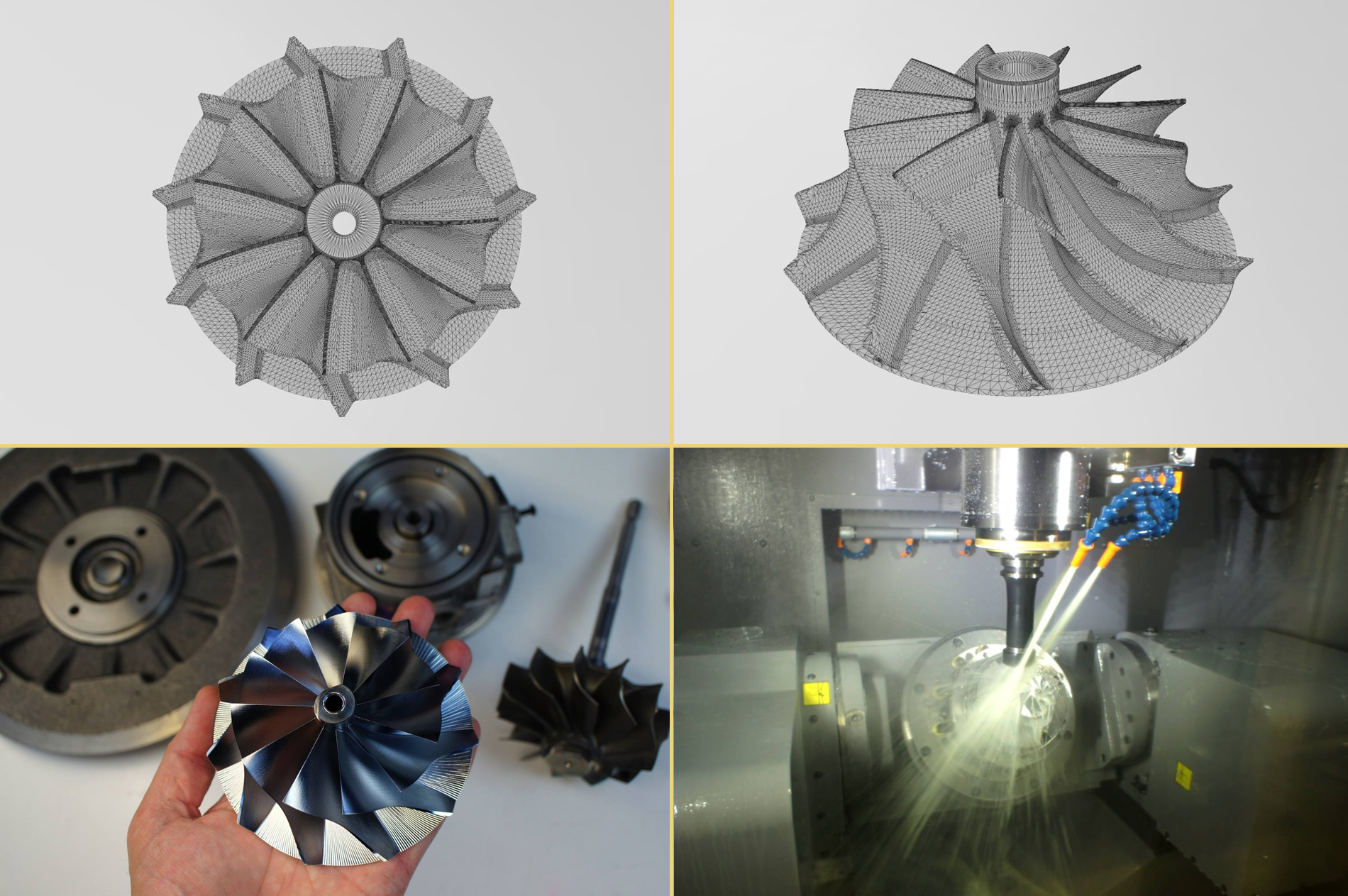
Develop high flow 10/11 blade turbine wheels one-piece 5axis Inconel 713c and titanium alloy with bigger blades and smaller hub center, offering 33-44% more efficiency than already designs. Built the first turbo compressor wheel in titanium alloys and magnesium alloys. Design and milling the first billet steel and titanium camshaft for automotive. Over 6.4 G acceleration ramp with extreme negative ramps. Milling and design the first full billet engine block and cylinder head from solid T6 aluminum.
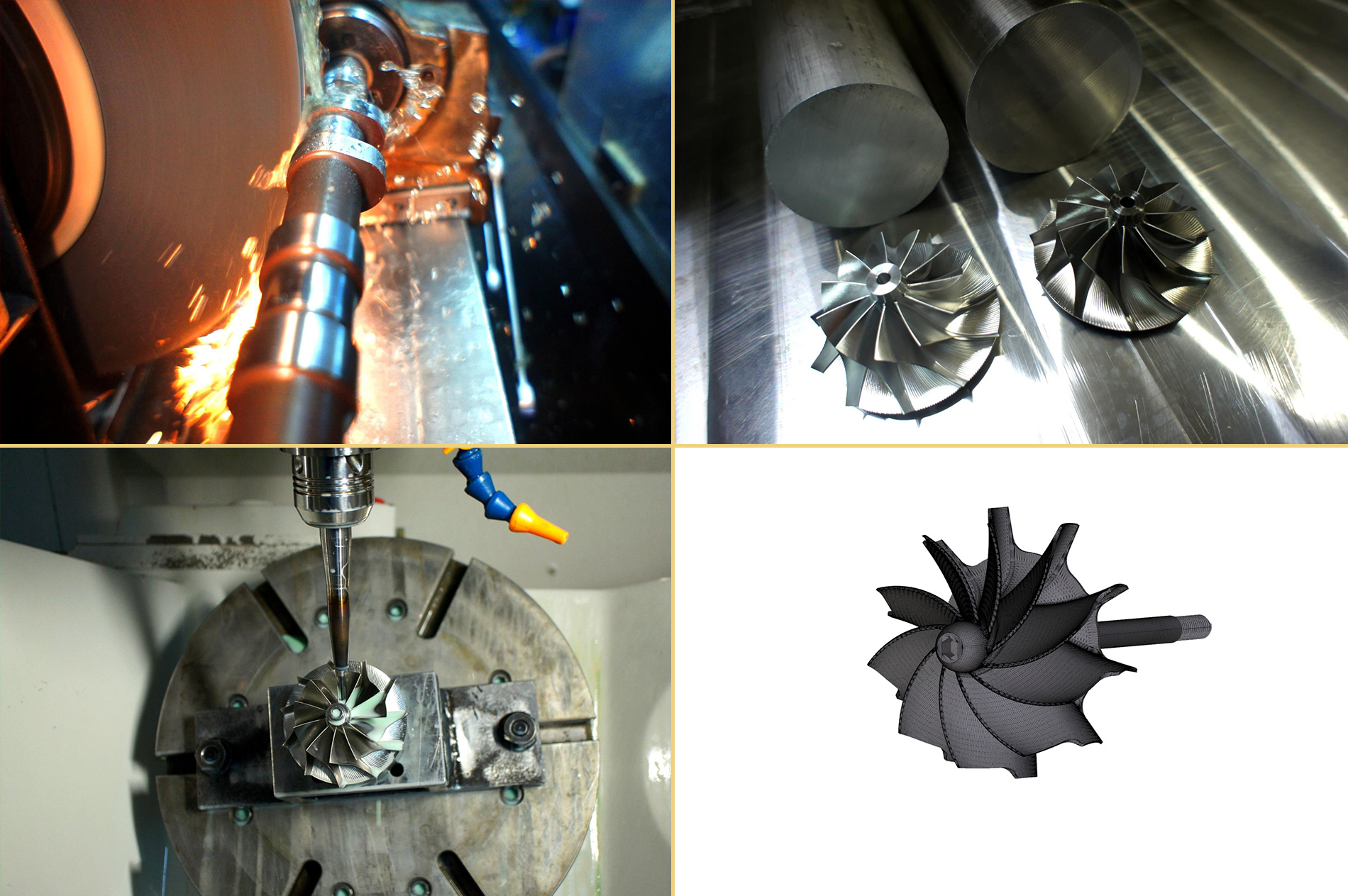
Design - develop and manufacture a dual chamber intake manifold system for all levels of motorsport for WRC, kit cars and track day vehicles S2000 spec Rally cars and British touring cars. Offering higher volumetric efficiency and desirable turbulence levels into the combustion chamber.
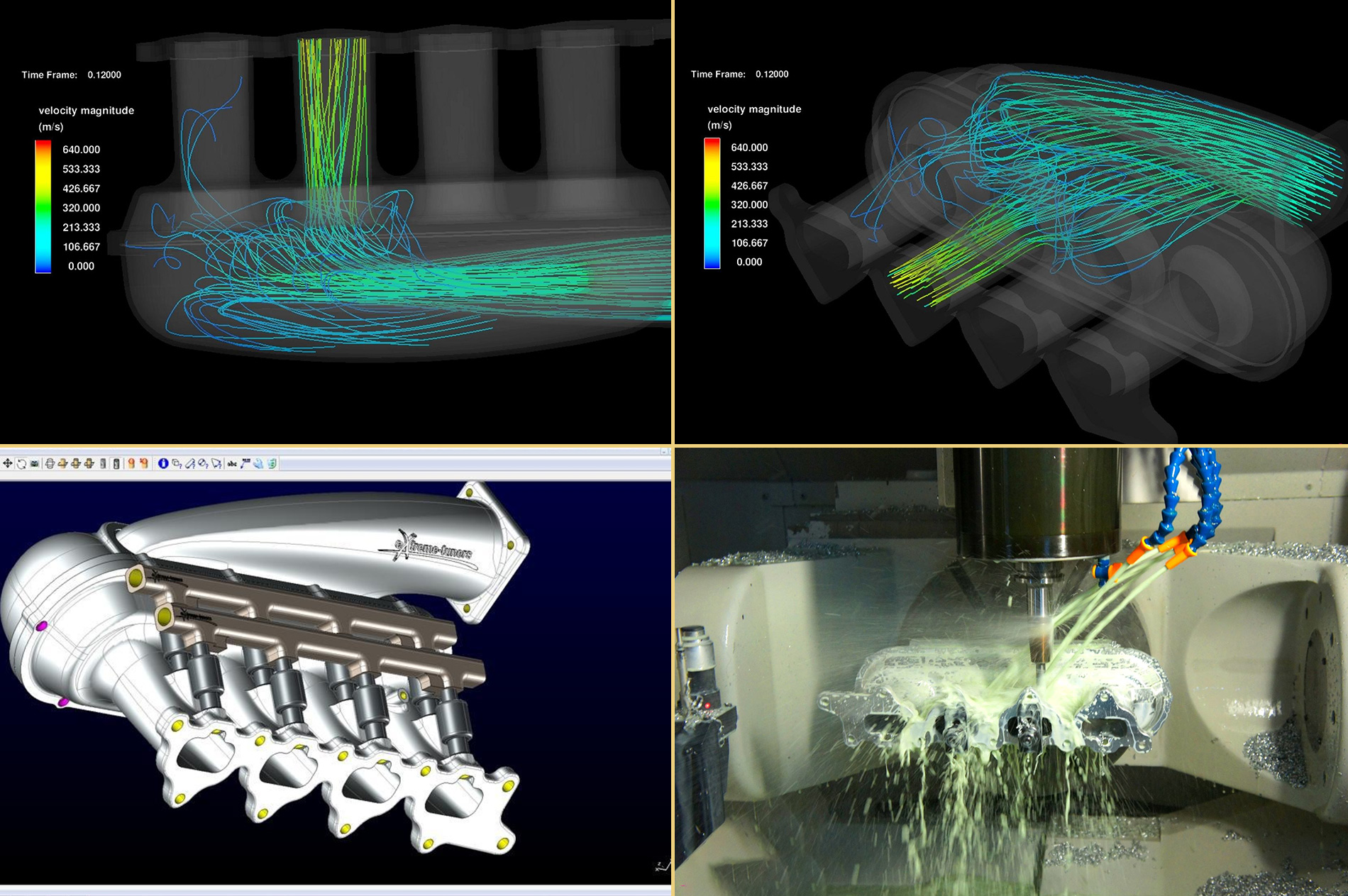
Design and built titanium flywheels and clutches for high RPM race aplications. Faster Subaru 4-cylinder engine, faster ford Cosworth, Nissan GTR and more OEM based tuned engines making records on all type of races all over the world. Built the first +1000hp per 1 litter turbocharged 16v engine. over 2000hp output and 12.800rpm produced from an under stroked OEM 2ltr Mitsubishi evolution engine. Engine specs. 1788cc – 17:1 CR ratio running methanol fuel. 2145hp @ 12400rpm.
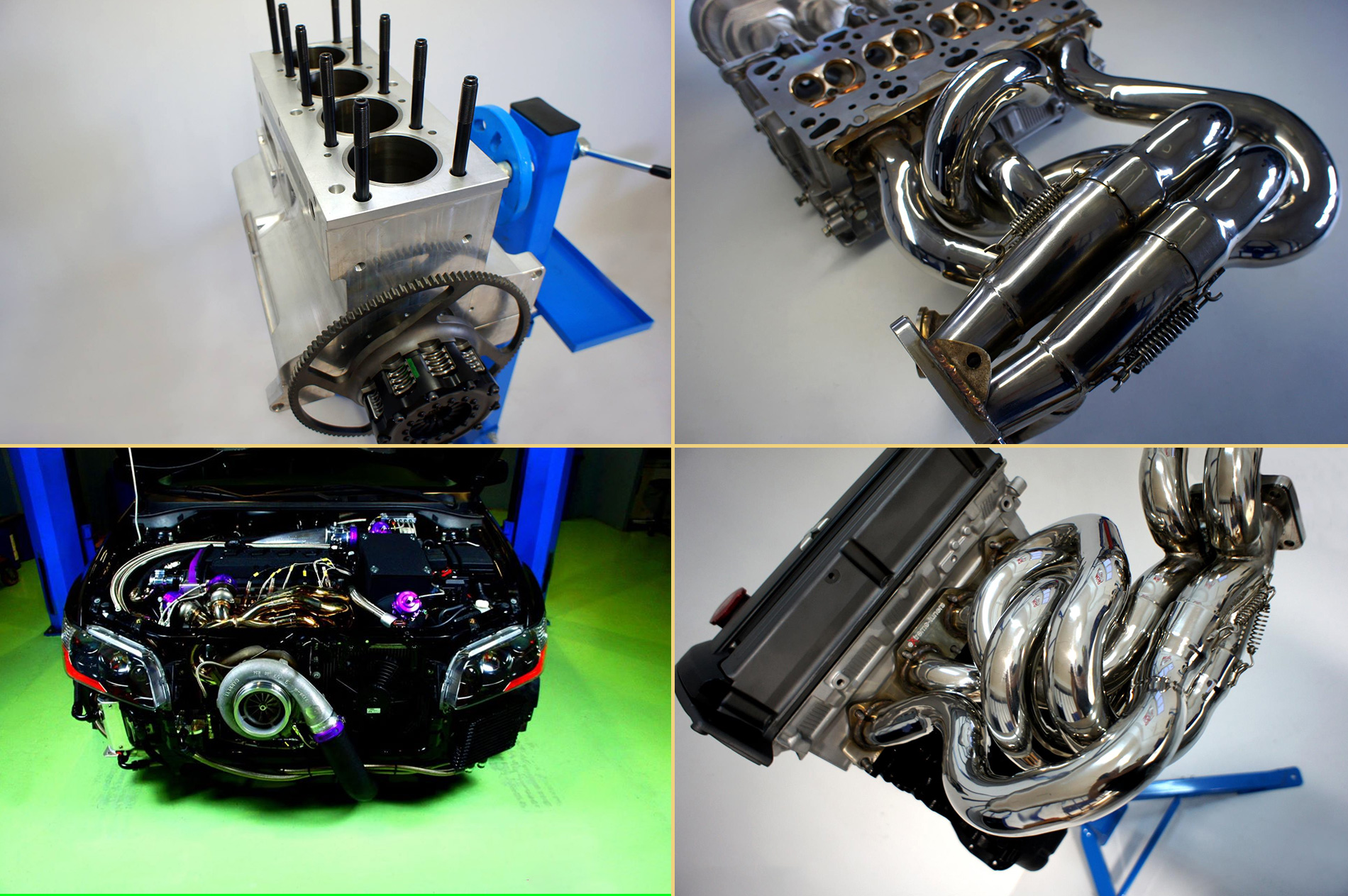
Create Unique Pocket design conrod design. After many hours of simulation and finite element analysis (FEA) to analyze the compression and tension forces & stress tests we invent the draft design of "pocket design".
This design means that on the two large flat area surfaces on the rod we make small inner round & oval designs that offers ~38% more tension forces than "I" or "H" design, the center area may be machined to create a scalloped effect between the beams, leaving a rounded area next to both beams that increases strength and rigidity much like the filets on a crankshaft journal. Can handle high compressive loads while also providing good tensile strength, and have a thicker cross-section in critical areas to increase strength. But not only the pocket design that makes these rods unique, as using only this design on the rod the rod may bend and fail if the compressive forces are too great. To handle higher horsepower loads on the side beams of the connecting rods that are parallel to the holes in the ends for the piston and pin and crank journal, we built two flat side beams that are perpendicular to the piston pin and crankshaft journal bores. The center area that connects the two sides of the “H” together provides lateral (sideways) stiffness. This type of design can provide higher compressive strength with less weight than a comparable I-Beam. This makes the total design very stiff so it can handle higher compressive loads without bending. 3D billet pistons design, piston Dome is mirror of the cylinder head chamber. A reverse dome is made from scanning the chamber and then made on 5axis cnc machine on to the piston deck. Improving the squish band and engine performance to maximum. Built and design first tungsten divided H13 tool steel crankshaft for automotive racing application capable of rotating over 14.000rpm. With this design the crankshaft counterweights are removable and can be adjusted on every piston/rod weight and RPM target. Crankshaft counterweights are designed to offset (or balance) the inertia effect of a relatively heavy piston and connecting rod moving in both a rotational and reciprocating (up-and-down) fashion. The weight of the piston and connecting rod combination affects the size and placement of the counterweight. Adjust them can make the vibrations and harmonics run smoothly on very high rpm. Design and develop high flow cylinder port design and strategies for most OEM car manufactures.
READ MORE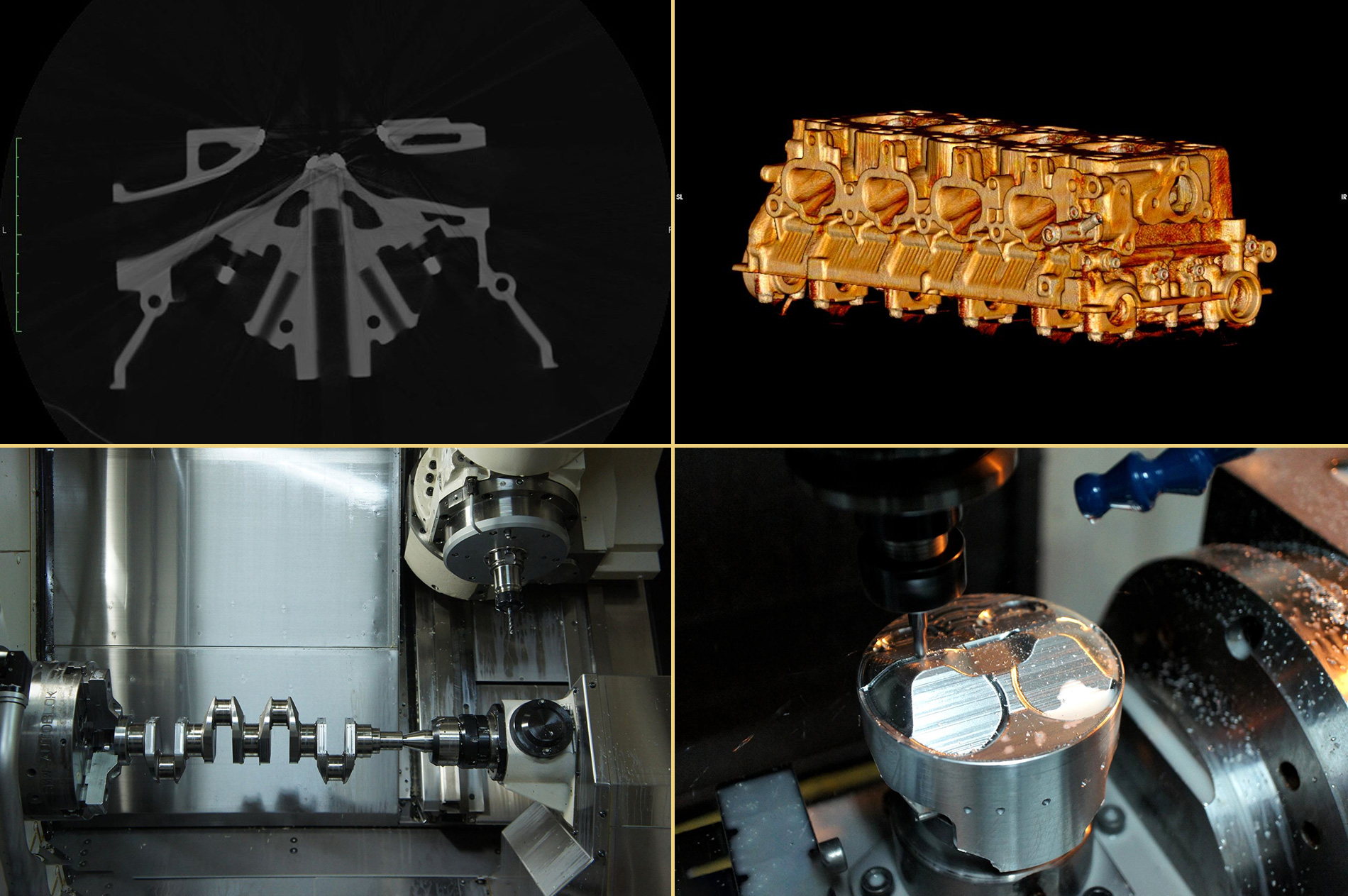
Bring 32CrMoV13 steel from aerospace, to Top fuel, Nascar and IRL making components and crankshafts.
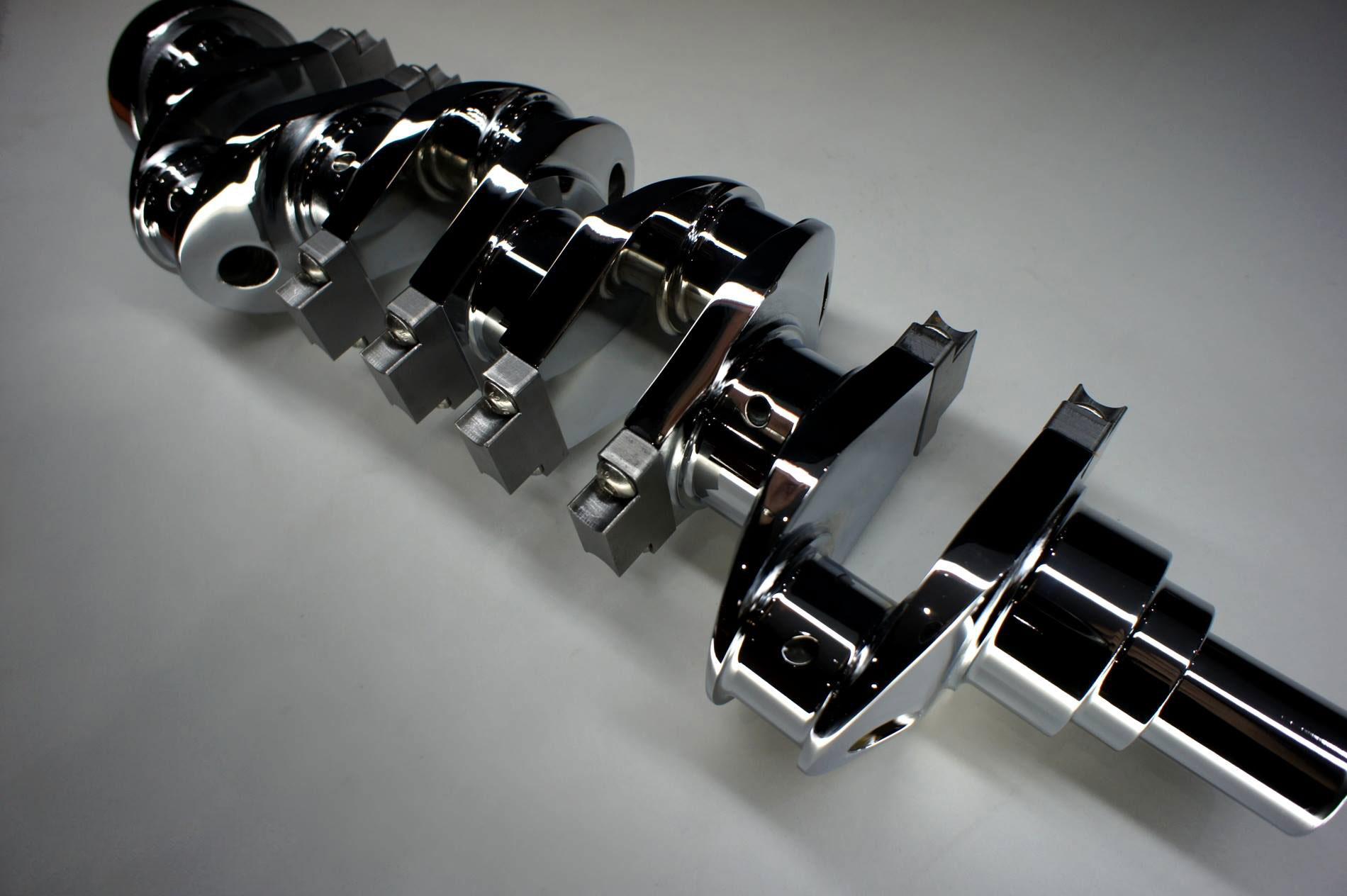
Completely new design from scratch billet engine blocks and high efficiency cylinder heads, direct replacement for OEM engines. Offering higher levels of volumetric efficiency and performance.
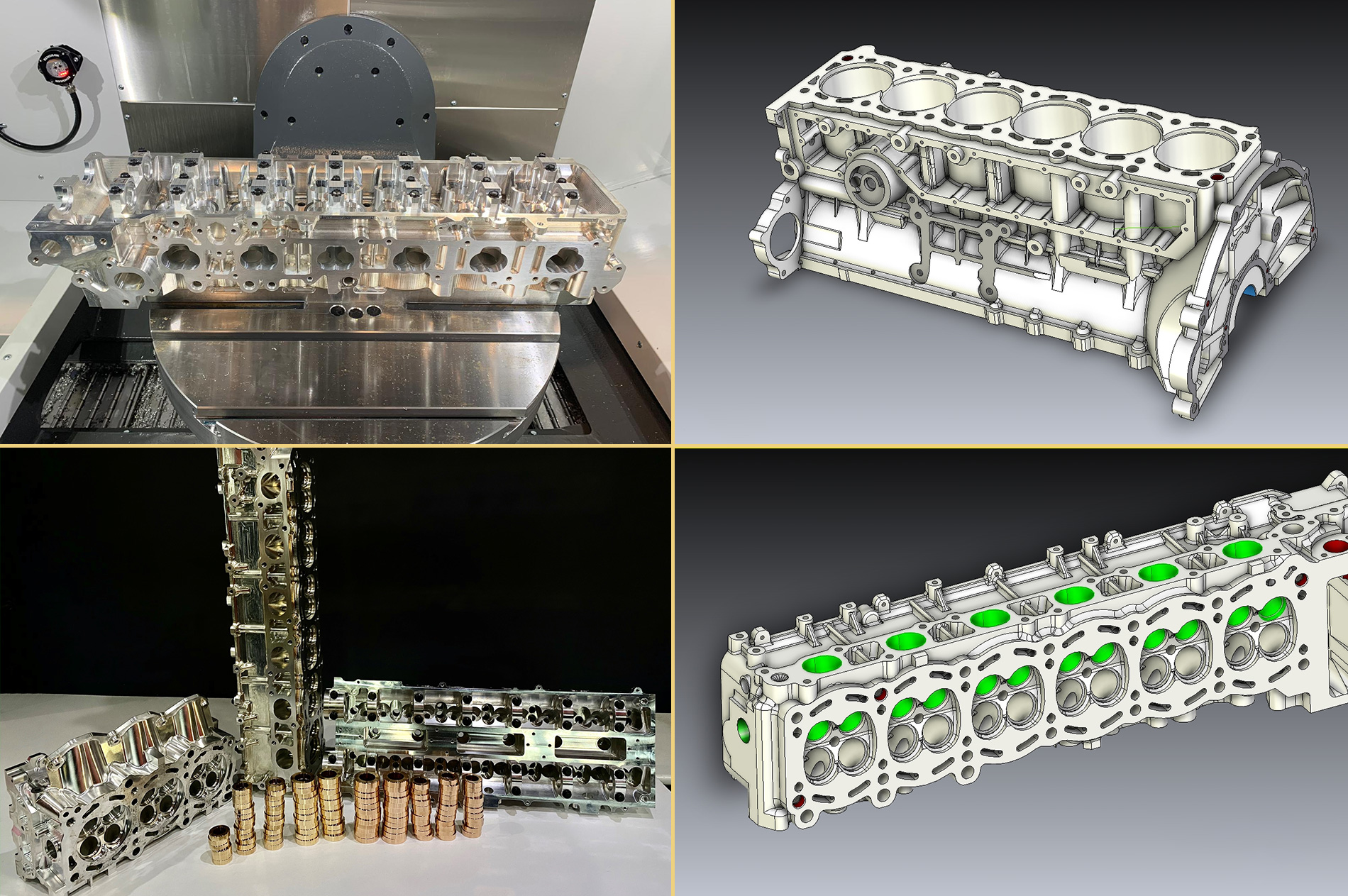
"Asymmetrical" design 3D billet pistons 5axis. Every piston has a major and minor thrust side. The major side, due to the direction of rotation and the relative angle of the cylinder sleeve, experiences more side loading than the minor side. On this design one side of skirt is much smaller, minimized contact patch reduces friction while maintaining stability.
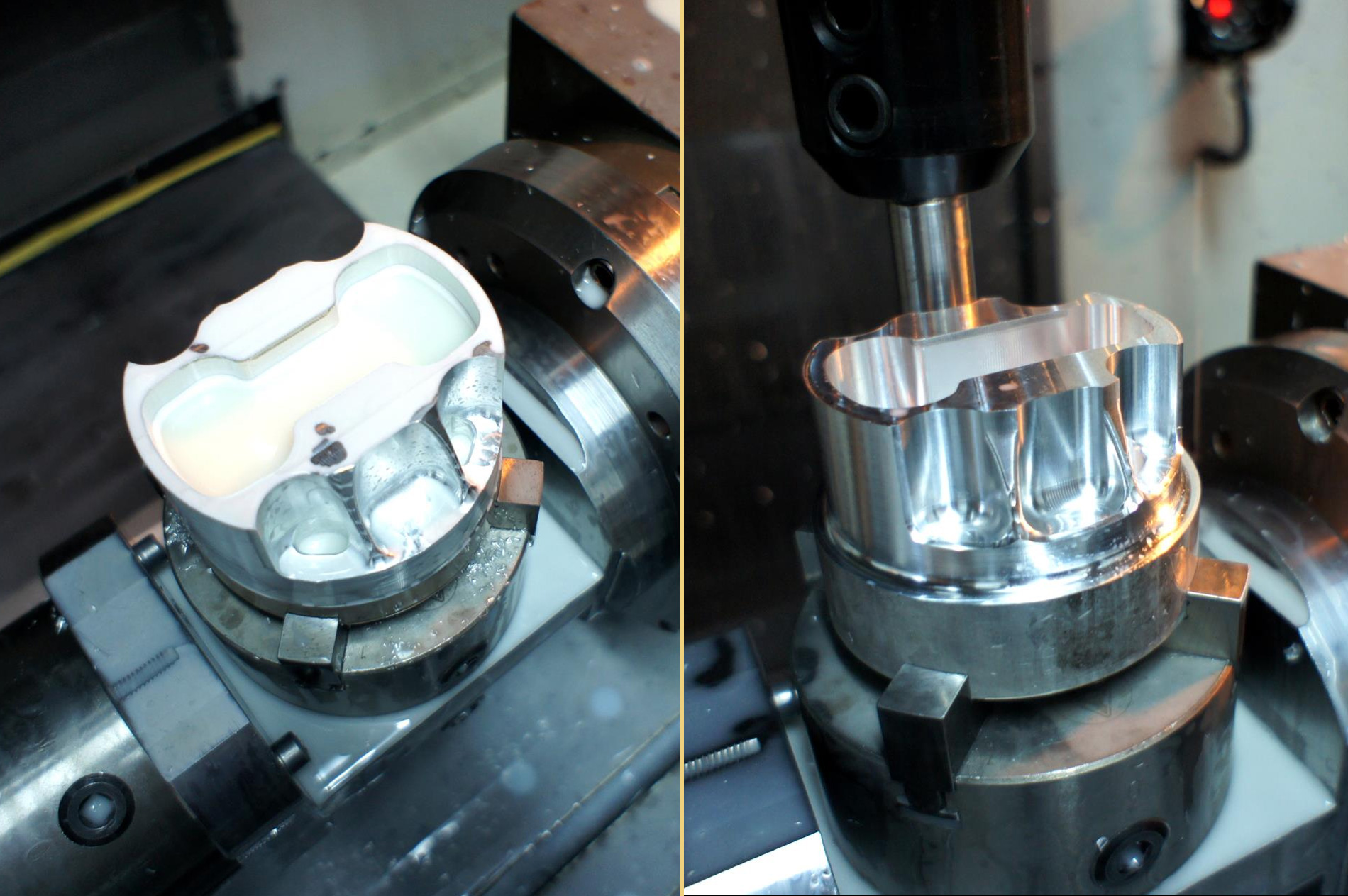
Develop and built parts for aviation, defense & NAVY. Design and built brake systems from passenger cars to F1. Design and built 3D skeleton pistons and skeleton titanium rods. The rod and piston are full drilled to save maximum weight. For BTCC and MOTOGP applications.
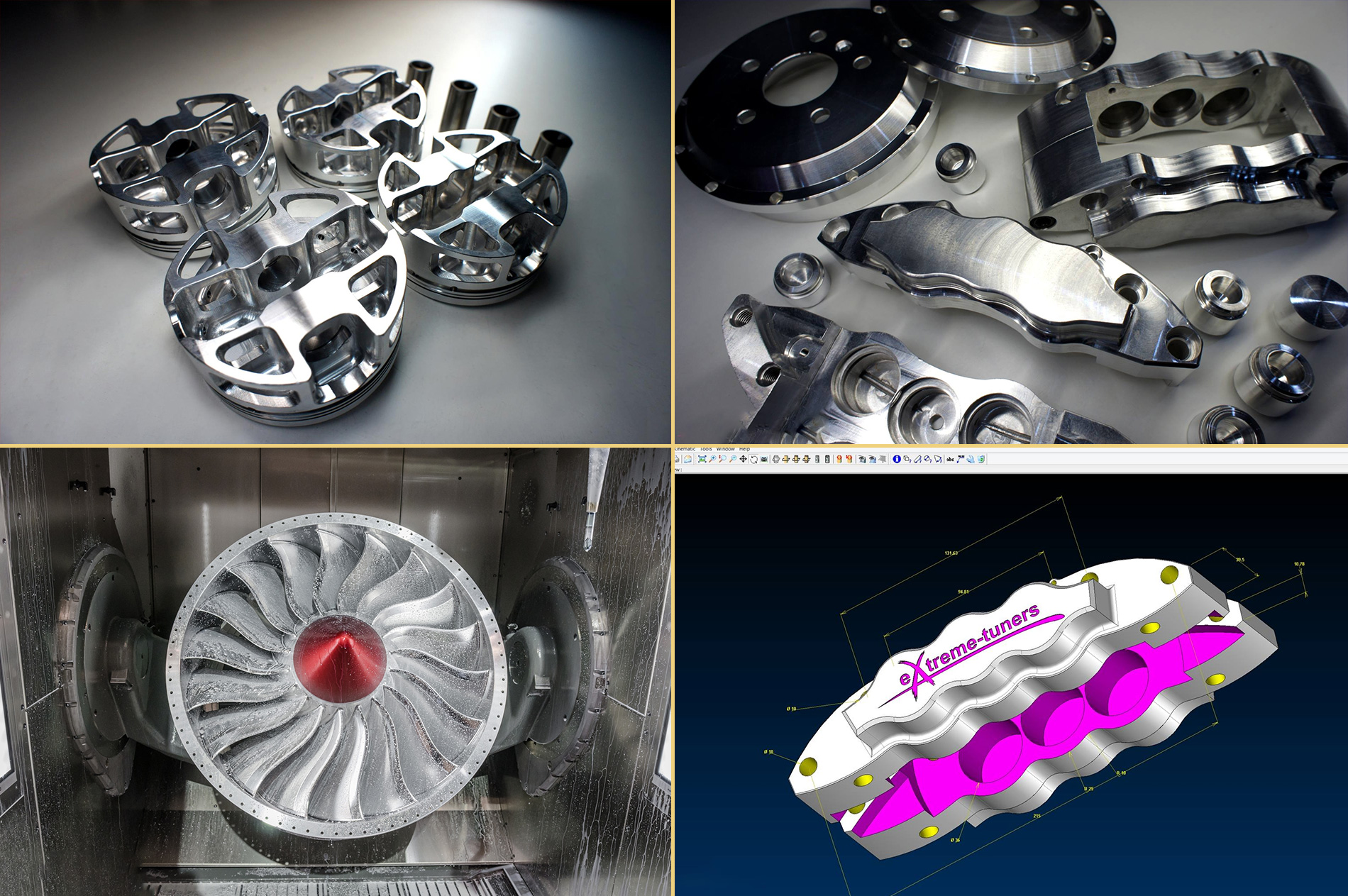
Making the first full billet 7 axis custom turbo compressor cover from solid aluminum. In centrifugal compressor design, the volute plays a key role in defining the overall efficiency and operating range of the stage.
The flow at the impeller outlet is indeed characterized by a high kinetic energy content, which is first converted to potential energy in the diffuser downstream. The compressed gas is then collected by the volute at the cylindrical outlet section of the diffuser and directed to the intake piping, possibly with a further pressure recovery to enhance the stage performance. Due to the high flow speed at the volute inlet, the capability of ensuring the lowest amount of total pressure loss is pivotal to prevent a detriment of the machine efficiency. Moreover, the flow conditions change when the volute operates far from its design point: at mass flow rates lower than the design one, the flow becomes diffusive, while at higher mass flow rates the fluid is accelerated, thus leading to different loss-generation mechanisms. These phenomena are particularly relevant in turbocharger applications, where the compressor needs to cover a wide functioning range, moreover, in these applications, the definition of the volute shape is often driven also by space limitations imposed by the vehicle layout, leading to a variety of volute types. The present paper reports an analysis on the sources of thermodynamic irreversibility occurring inside different volutes applied to a centrifugal compressor for turbocharging applications. With this new design achieves better flow characteristics and lower volute temperatures. Also, can be adjusted on every compressor wheel size and characteristics. Import Tennalum alloy in motorsport, provides the highest mechanical strength of all aluminum alloys and matching that of certain steels. This outstanding alloy combines a yield strength of up to 700 MPa (up to over 30% greater than that of 7075 alloy) and good ductility with corrosion resistance similar to 7075 and other features beneficial to high performance component/equipment designers. In strength-to-weight ratio is the best material ever produced, Tennalum® out performs nearly all other engineering alloys in existence (33% better strength-to-weight performance than 7075, and 28% better performance than 6Al-4V Grade 5 Titanium). For many applications there is no better alloy, not even Titanium. 40% lighter than titanium. Made for aviation, aerospace & defense. He made Rods / pistons /Compressor wheels and more items for motorsports. "Gen2 patent" 10 blades single raw, design compressor wheel technology, using “super alloy 970mpa” material. 43% lower weight than titanium Ti6AL4v and 35% stronger. A next generation of compressor wheel for a turbocharger revolutionary improved aerodynamically, improved geometry that provides 35-80% more performance as compared with a comparably sized conventional compressor wheel by having the radially inward portion of the primary blades sweep upwardly into the upper region of the hub portion. The through bore and integral nut of compressor wheels is eliminated and replaced with a blade extension that has an angled upper edge which extends downwardly and radially outwardly from the hub portion, that’s the Curve towards the root design, and second base design is the two-way curve in the blade from top view. One way starting from hub with one rotation and at the opposite (end) of the same blade the second curve rotation is different direction. These 2 points (Curve towards the root-hub) and Curve of blade two way effectively increasing the size of the blade, the amount of air movement and the amount of power generated, without increase the size and mases’ weight of the compressor wheel. The compressor wheel blades are in one line fitted to hub and not as the normal old style compressor wheels fitted in two rows (primary and secondary), the benefit of this is that the moving masses of air in the same rotation speed of the compression wheel can be 43%-68% more than any other two row old design.
READ MORE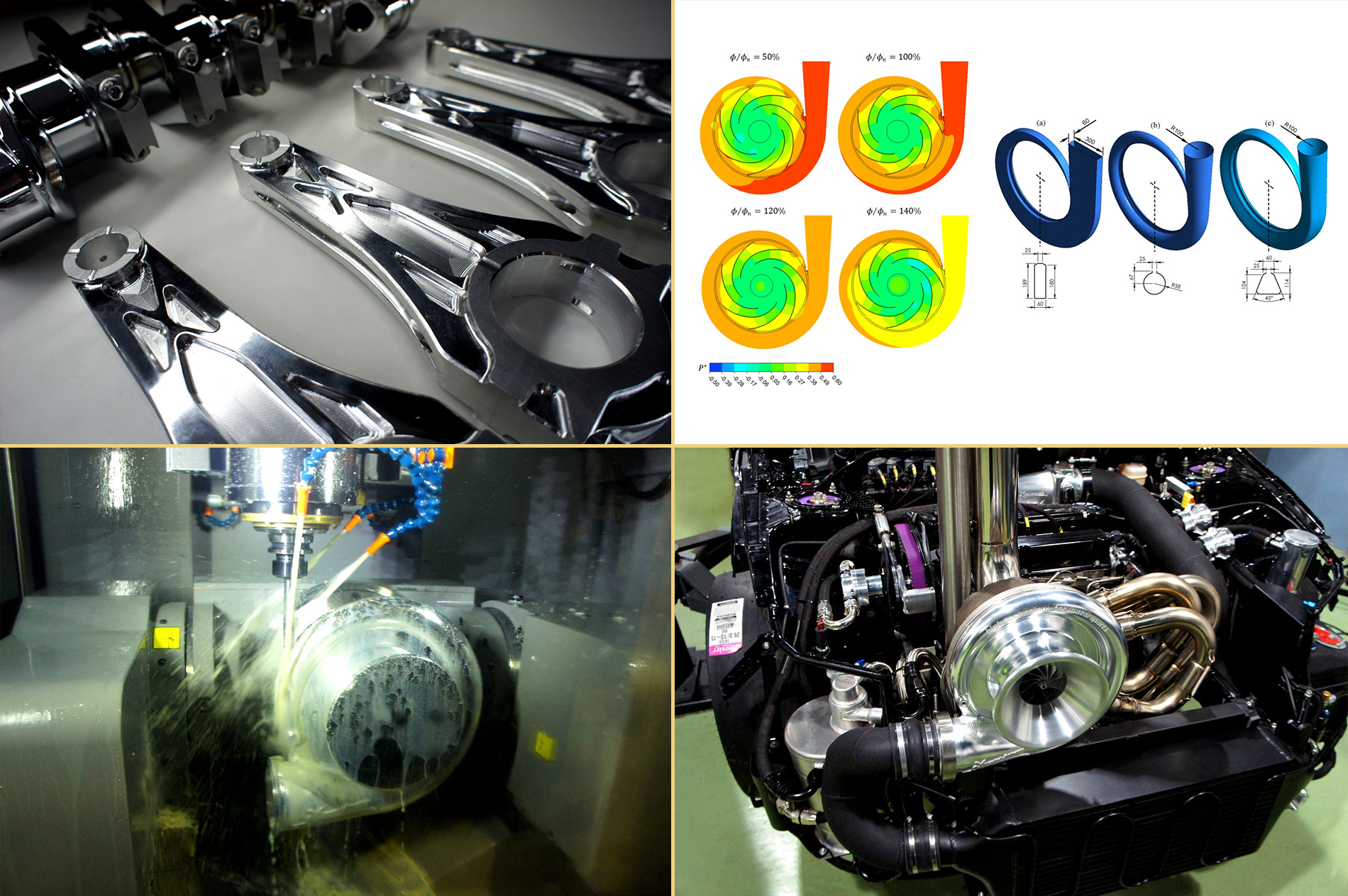
World record in drag racing 4-cylinder Mitsubishi Evo 6/7/8/9 platform. Making the first Evolution 4-wheel drive in 7s. 7.9sec @ 302kmh on 402meters (1/4 mile) & Faster and quicker Mitsubishi Evo 9 on the planet.
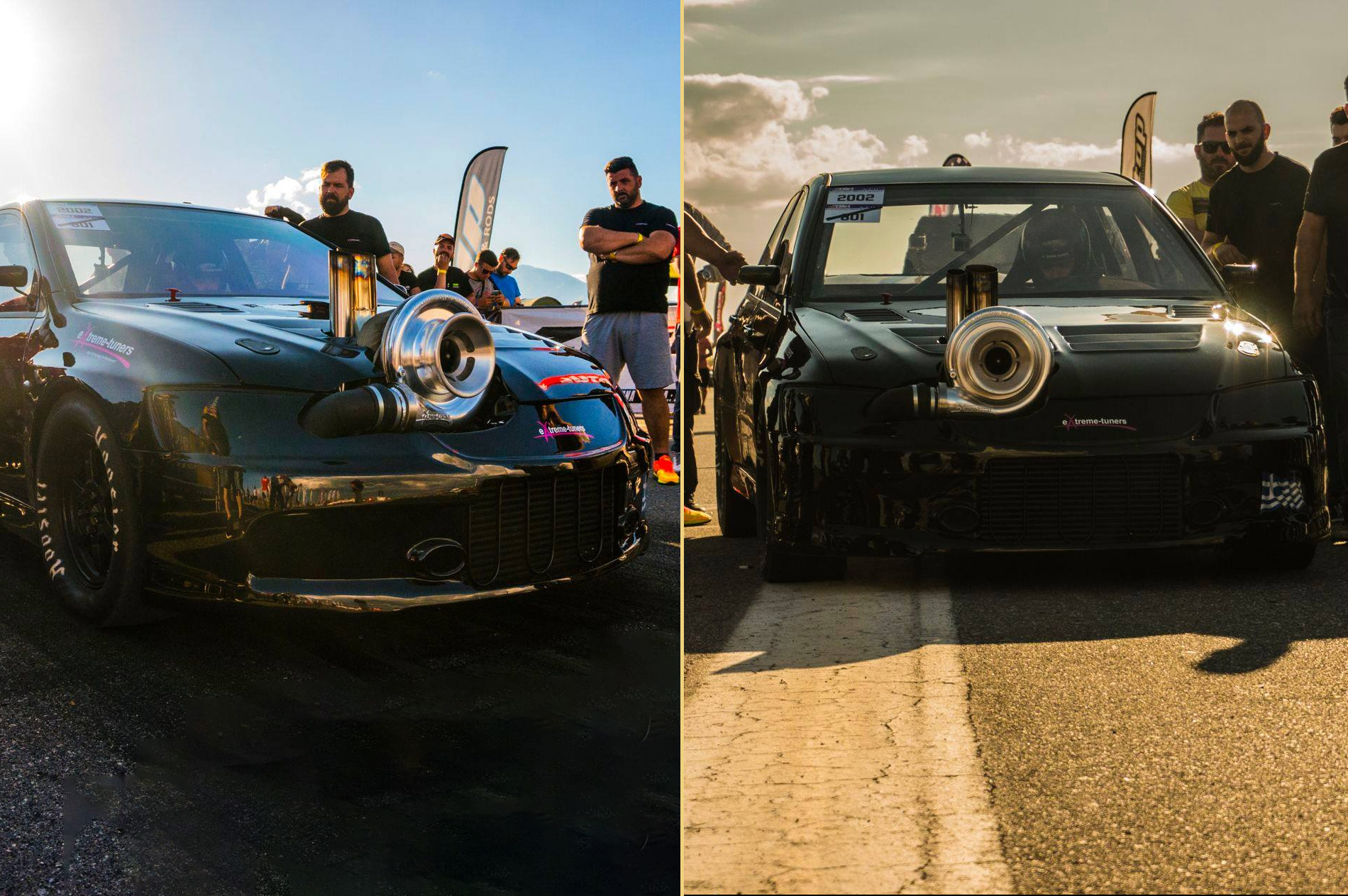
New 1/4 mile world record of Evo 7.84sec in Malta 2018 – developing and built the higher volumetric efficiency engine on the planet, producing 1550 hp per 1000cc. 4-cylinder 16v 1788cc with 2880 horsepower at 14,100 rpm, where in addition to a horsepower record maintains the record of higher volumetric efficiency in any internal combustion engine on earth.
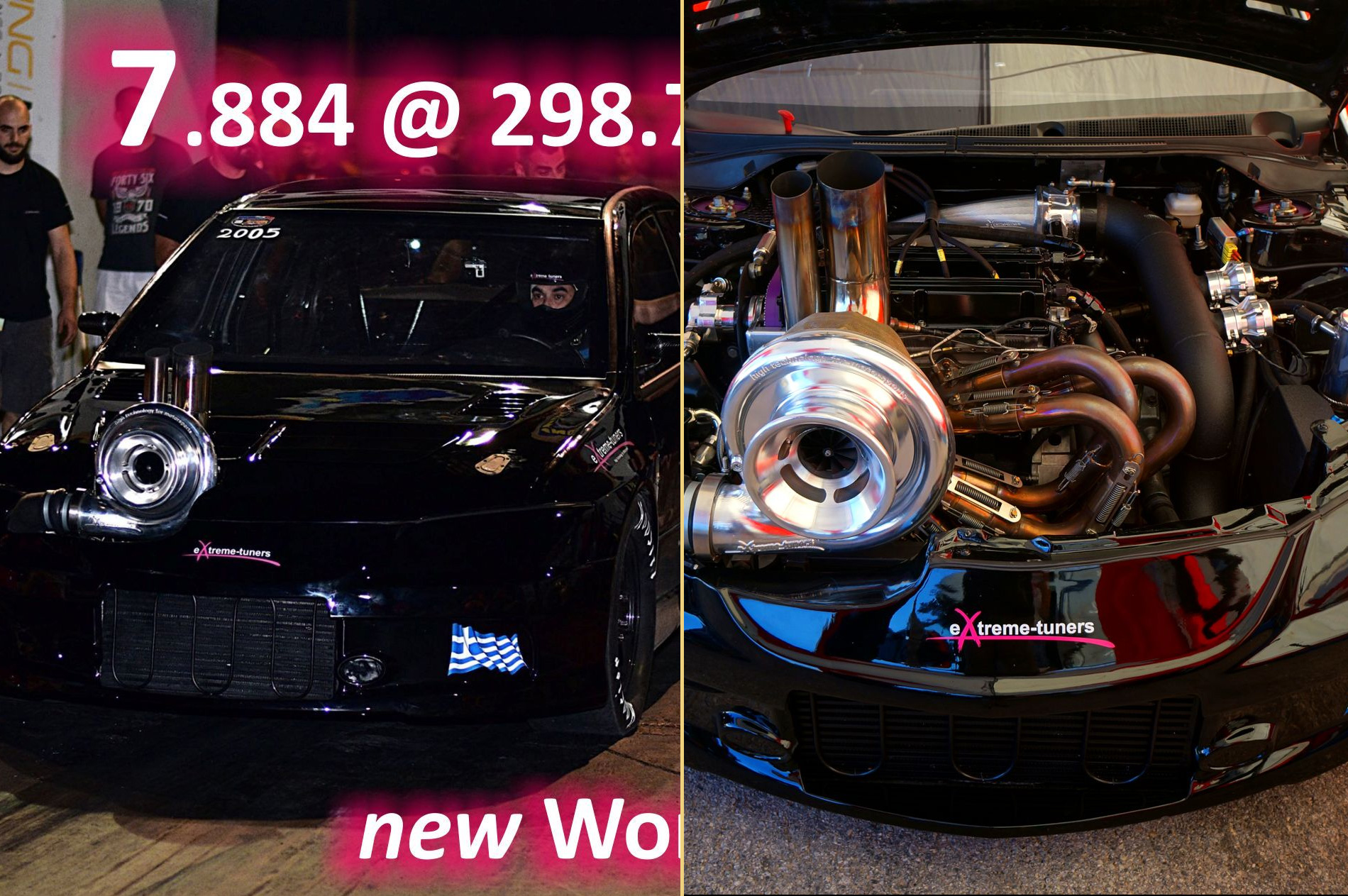
New 1/4 mile world record of 7.704sec in Abu Dhabi. Developing cylinder head designs for many OEM high performance engine for known car manufactures. EDM pistons for F1, sinker spark erosion technology to motorsport.
It’s the first time in piston history that a piston built with this high accuracy technique of sinker spark erosion. Carbon fiber composite conrods 3D for first time. 10 times lighter than steel alloys. 3D printed pistons from Steel H13 and Titanium Ti6AL4v for racing automotive application. He invents a new way of creating objects. The material can now take the form and structure it needs only, without unnecessary mass. Depending on the composition, it forms its own form according to the forces exerted on it. He names it "anadiaplasi". The object itself can now be much lighter and much more durable than a solid shape. 3D printed “anadiaplasi” Titanium pistons and rods, next generation of creating objects making masses much lower in weight and more strong than solid. 3D printed "anadiaplasi" Ceramic Rods and pistons. The ultimate material for strength and friction. 3D printed "anadiaplasi" brake systems. Establishes a new Automotive Company using next level racing technology and expertise to create the most advanced performance Hyper car cars in the world. All the car is made with “anadiaplasi” that makes it extremely light. The monocoque is made from Zylon. More than 12.000 working hours on dynamometer tuning all kind of ecus, tuned more than 3000 race engine setups.
READ MORE